EF-01 Primark Development Background
Full Name: EF-01 Primark
Years of Service: 2007 - 2075 (Planned)
Category: 5th Generation Stealth Fighter
Users: Eruseen Air Force (E.A.F)
Strategic and Military Background
In the 1990s, the Erusean military stood out as a formidable air force, but its 4th generation fighters were showing their limitations in the face of new emerging threats. The conflicts in Kalejar and the growing tensions with world powers revealed the importance of having a fighter capable of technologically outperforming its adversaries while meeting the new needs of asymmetric warfare and stealth.
Launch of the program
In 1999, the Erusean Ministry of Defense launched a secret project called "Apex Phantom" to design a multi-role fighter that would meet the following criteria:
Advanced stealth to evade the latest generation of radars.
Unmatched air superiority.
Versatility allowing for ground attack and interception missions.
Integrated cutting-edge technologies, including sensors and revolutionary avionics.
The Alpha Project company, a leader in the Erusean military industry, won the contract after competitive proposals, largely due to its experience with the EF-15 Silver Hawk.
Development (2000-2007)
Development of the EF-01 Primark began in 2000 with a colossal budget of 42 billion Esterse. This process was marked by several important milestones:
2001: Design of the VX-92 engine capable of providing vectored thrust. This engine gave the Primark exceptional agility.
2003: Stealth tests were successful thanks to a radar-absorbing coating and minimalist surface design.
2005: First successful flight of the prototype, demonstrating exceptional manoeuvrability and a top speed of 2,420 km/h.
2006: Integration of a new generation AESA radar to detect targets at long range while remaining stealthy.
Entry into service and adoption
The EF-01 Primark was officially adopted by the EAF in 2007, gradually replacing the EF-15 Silver Hawks for critical missions. It immediately demonstrated its combat superiority in operations against enemy systems equipped with advanced radars, setting a new standard for stealth fighters.
Strategic Objectives
Air Superiority: Neutralize enemy fighters thanks to its stealth and detection capabilities.
Versatility: Adaptability to ground attack, reconnaissance and patrol missions.
Power Projection: Assert Erusea's technological and military dominance over other world powers.
Results and Outlook
With an initial production of 450 units, the Primark remains a centerpiece of the Erusean military today. The improved "Primark Mk-II" version is scheduled for 2030, and the Primark is expected to remain in active service until 2075 thanks to regular updates.
Its success inspired the development of the EF-01 Full Black in 2014, designed to meet specific needs for stealth operations in the midst of electronic warfare.
If you wish to add specific technical or historical details, I can include them in an enriched version.
The Story of the Birth of the Power Monster: The EF-01 Primark
In 1999, as geopolitical tensions escalated and conflicts became increasingly technological, Erusea faced a critical challenge: modernize its aerial arsenal or risk being overtaken by its rivals. Air supremacy, a cornerstone of its military power, was at stake. It was in this context that a dream was born—to design a fighter jet capable of dominating the skies for decades. This dream would give rise to the EF-01 Primark, a true powerhouse, but its journey was far from smooth.
The Start of an Ambitious Challenge
In 2000, the Ministry of Defense launched the "Apex Phantom" project to develop a fifth-generation stealth fighter. The requirements were clear yet daunting: total stealth, supersonic speed, extreme agility, the ability to operate in radar-saturated environments, and sufficient range for long missions. It was an almost unrealistic wishlist at the time.
Alpha Project, a military enterprise renowned for its innovations, won the contract. The engineering team, composed of Erusea's brightest minds, knew they were venturing into uncharted territory. However, their ambitions would soon collide with monumental challenges.
The First Steps and Initial Struggles
The first models of the Primark, completed in 2001, showcased an elegant yet aggressive design, featuring swept wings and a revolutionary stealth configuration. But theory clashed brutally with reality during the initial tests.
Problem #1: The VX-92 Engine
A key component of the Primark was its experimental VX-92 engine, designed to offer thrust vectoring and achieve supersonic speeds. However, during initial wind tunnel tests, a critical flaw emerged: at high speeds, the engine overheated rapidly, causing frequent failures. Worse still, its fuel consumption was exorbitant, drastically reducing the intended range.
Engineers spent two years addressing these issues. A new cooling system was integrated, and fuel management was completely redesigned, but these fixes caused significant delays to the project.
Problem #2: Unreliable Electronics
In 2003, during the first flight tests, another series of problems surfaced. The electronic systems, crucial for stealth functions and radar operation, frequently failed. At times, the radar failed to detect any targets, or worse, sent erroneous signals. Test pilots described the experience as "flying blind."
The research team had to overhaul the avionics system. A new central computer, dubbed "Aegis-X," was developed to handle the computational load. Subsequent tests showed marked improvements, but the fixes came with an additional cost of 2 billion Esterses.
Moments of Doubt
By 2005, as the project entered its fifth year, severe criticism began to emerge. Some military officials labeled the Primark a "financial black hole." The Erusean public, kept in the dark about the project's details, started losing confidence. Yet, despite mounting pressure, the engineers continued their work with relentless determination.
The Decisive Turning Point
The breakthrough came during a pivotal test in June 2006. One of the prototypes, nicknamed "Black Eagle," completed a full flight without any failures, reaching a speed of 2,420 km/h and performing aerial maneuvers impossible for fourth-generation fighters. On that day, the team realized they had finally overcome the obstacles.
However, this success did not come without sacrifices. During earlier tests, two test pilots narrowly escaped death due to engine failures, and part of the engineering team was replaced to inject new momentum into the project.
The Birth of the Monster
In 2007, after seven years of relentless effort, the EF-01 Primark was finally unveiled to the public in a spectacular ceremony. Nicknamed "The Monster of the Skies," the fighter represented the pinnacle of Erusean technology. Its final specifications were breathtaking:
Maximum Speed: 2,420 km/h.
Stealth: Capable of evading the most advanced radars.
Capabilities: Highly versatile, excelling in both air superiority and ground support roles.
The Primark was immediately adopted by the Erusean Air Force, becoming the cornerstone of its military dominance.
A Legacy Forged in Adversity
The story of the EF-01 Primark is one of a project born from immense ambition and forged through adversity. Engineers and pilots who worked on the fighter often recount how close they came to failure. Yet, despite the initial setbacks and harsh criticism, they created a machine that remains, to this day, a symbol of power and innovation.
If the Primark reigns over the skies today, it is thanks to a team that refused to give up in the face of failure. This perseverance turned the EF-01 Primark into more than just an aircraft—it became a living legend.
Specifications
Spotlights
- PotatoAeronautics 9 months ago
General Characteristics
- Created On Android
- Wingspan 43.0ft (13.1m)
- Length 67.4ft (20.6m)
- Height 17.5ft (5.3m)
- Empty Weight 10,395lbs (4,715kg)
- Loaded Weight 43,645lbs (19,797kg)
Performance
- Power/Weight Ratio 1.558
- Wing Loading 57.7lbs/ft2 (281.8kg/m2)
- Wing Area 756.1ft2 (70.2m2)
- Drag Points 5619
Parts
- Number of Parts 414
- Control Surfaces 2
- Performance Cost 1,775

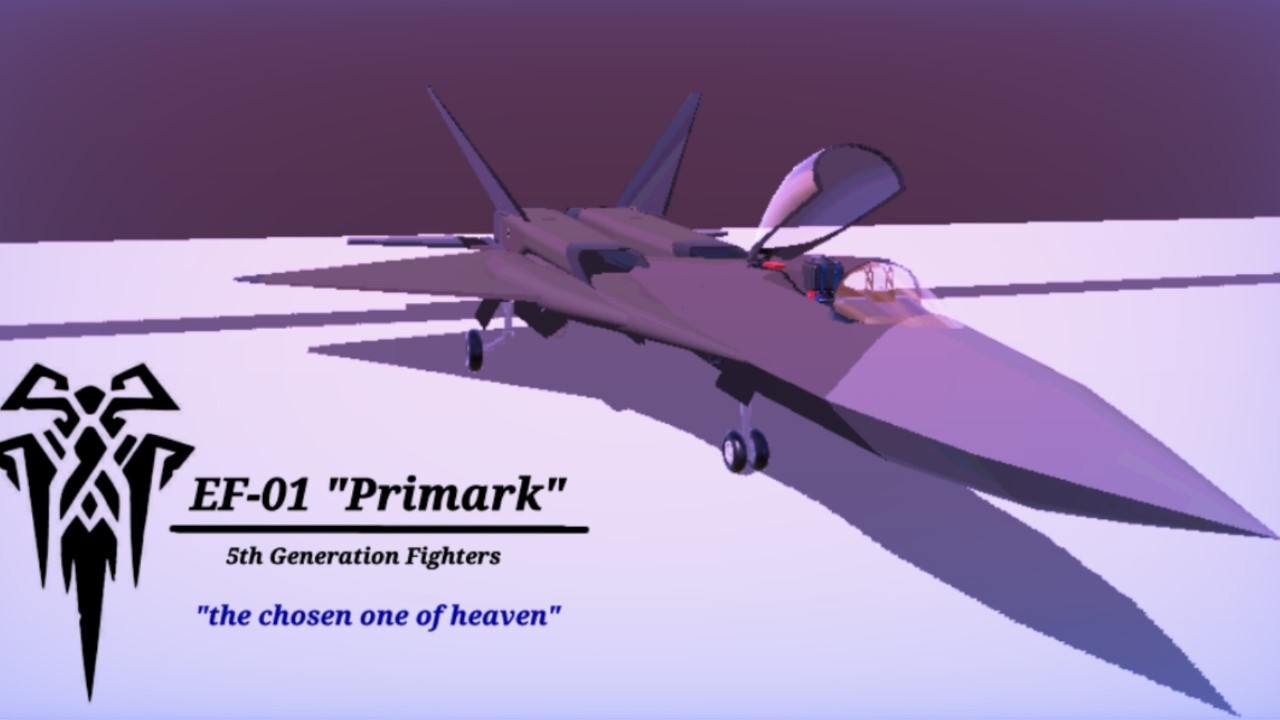
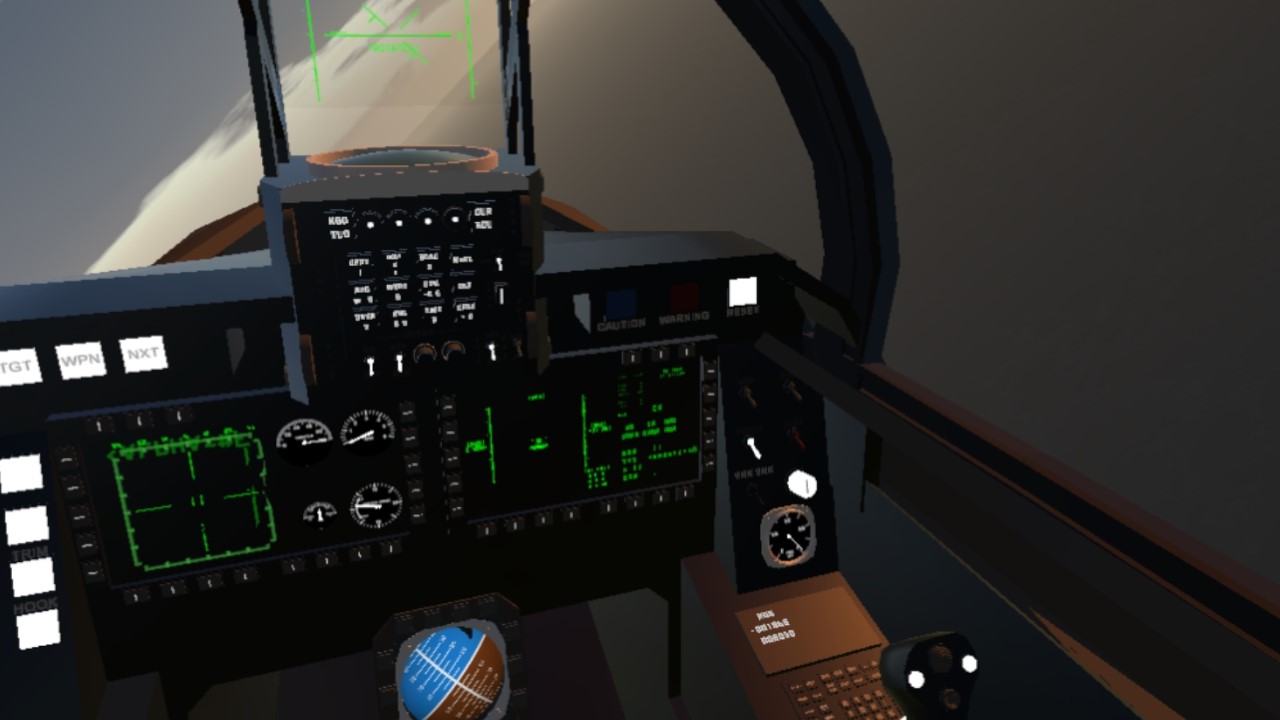
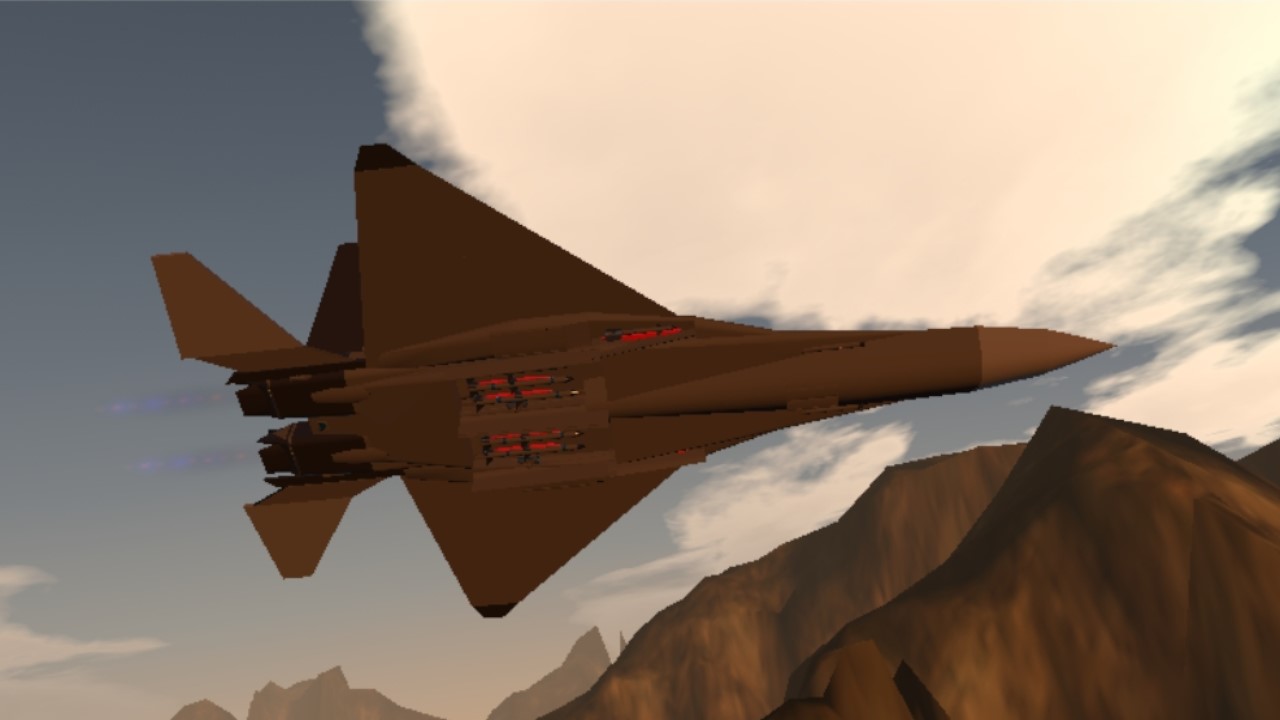
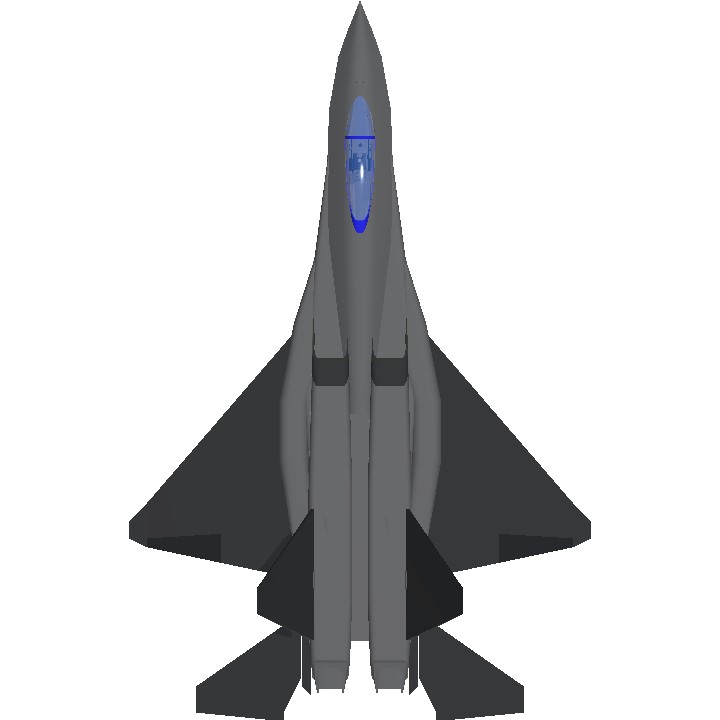
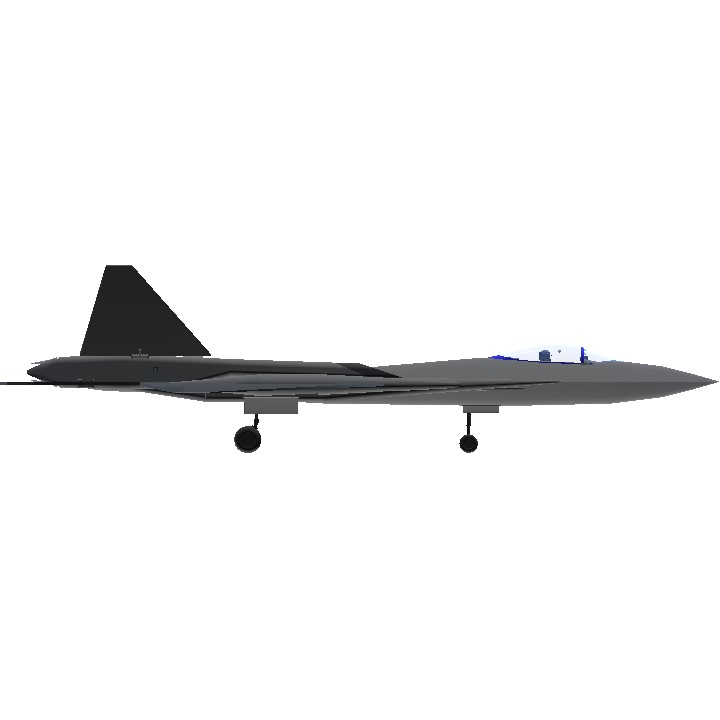
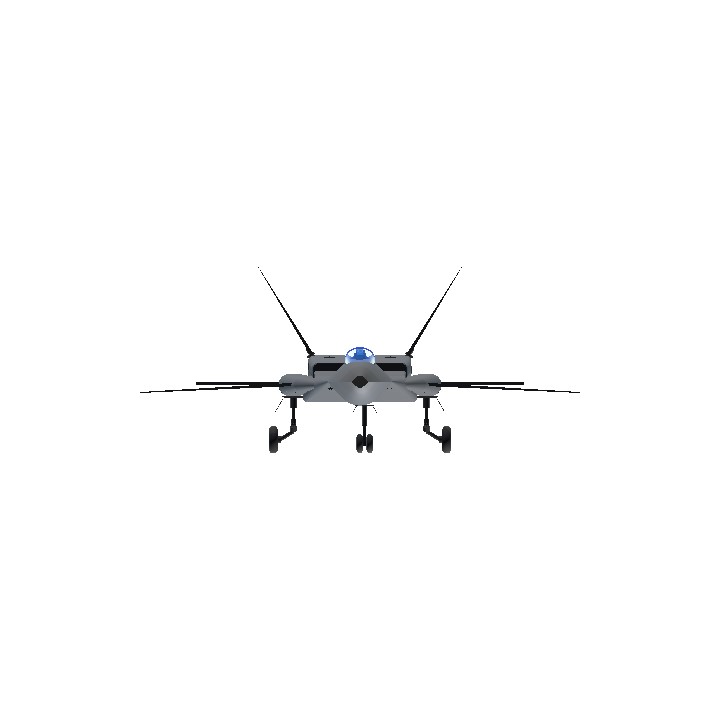
@Husky12345 thanks 👍🏻
This is cool!
Nice job :)
Please Upvote my Lil plane 🥺